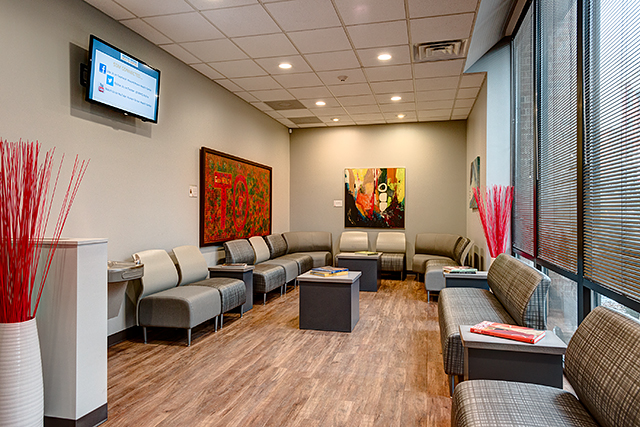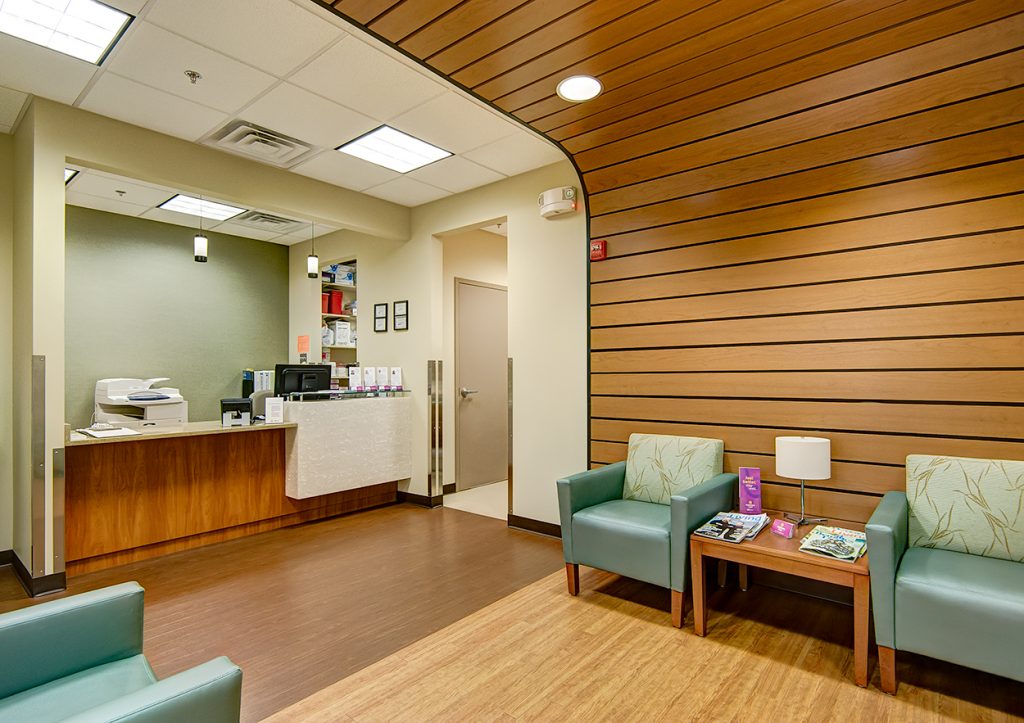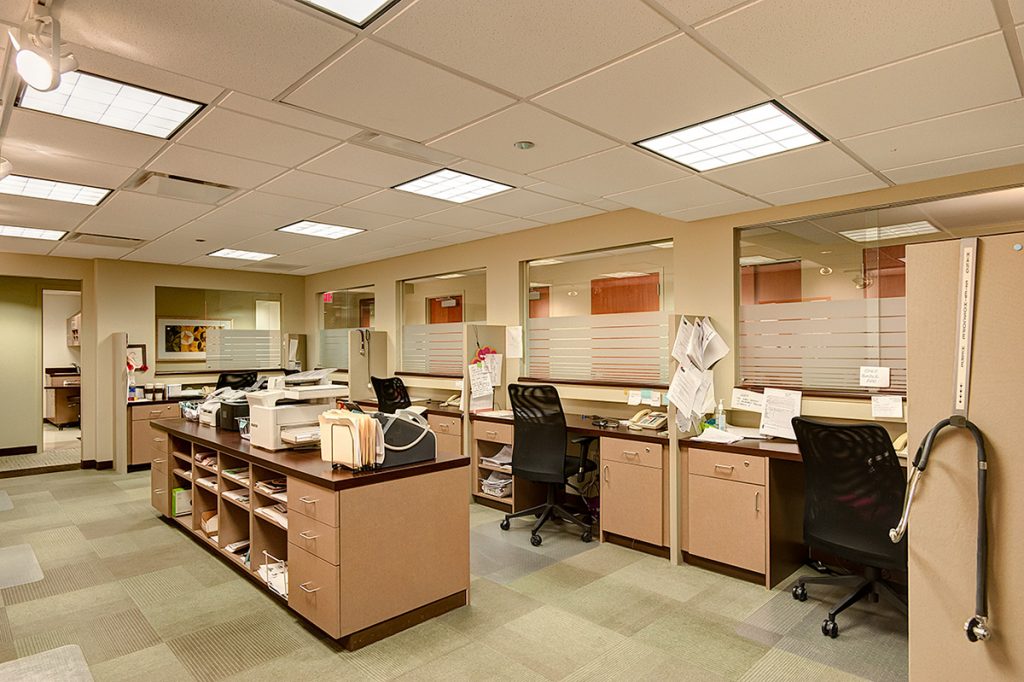Medical Office Renovations that Focus on the Patient Experience
Unsightly building exteriors, unwelcoming, cold waiting areas, and dated examination rooms will drive patients away from your medical office properties and give them second thoughts about trusting your provider tenants. The best medical practices are centered around making the patient feel safe and relaxed, and these are achieved by the following medical office renovations that focus on the patient experience:A More Homey Atmosphere Patients are more comfortable when a medical office feels like their home and less like a sterile, cold facility. Pediatric practices, for example, recognize this and have renovated their waiting rooms, installing play areas for kids and tablet stations where they can play games. Modifications to lighting and the use of sofas, chairs, and side tables create a living room-style environment. In addition, providing outlets for power and USB cords allows patients to occupy themselves or get work done.

“This trend really helps increase patient satisfaction by improving comfort and mental well-being, “ says CME. “Patients in waiting rooms that are well-designed are often more patient and find average wait times more agreeable.”
Incorporating Technology
Innovative medical practices design spaces that leverage technology to improve patient satisfaction and make it easier for staff to do their jobs. Renovating offices to incorporate digital kiosks, for example, creates many advantages. Patients can check themselves in or out and make follow-up appointments, front desk staff can focus on important tasks, and congestion due to foot traffic is reduced.

All-In-One Spaces From primary care to specialty and multi-specialty practices, consolidating services or co-locating all providers in the same space can enhance operational efficiency and patient satisfaction. Consult room remodeling is gaining a lot of traction as a way to combine exams and consultations in a more inviting setting. This concept allows for better engagement between patient and provider.
“This current landscape is in large part the result of private physicians joining group practices at large healthcare systems and institutions creating specialty clinics to maximize their service offerings and broaden their reach,” According to Healthcare Design Magazine. “And exactly what shape those efforts take is key to providers differentiating themselves among the competition.”
Appealing Outdoor Space
Making use of outdoor green areas can also create a more appealing atmosphere for patients and caretakers. Landscaping green spaces–including easily accessible areas for those confined to wheelchairs or patients that need walkers–invites patients and caretakers to relax. “These green spaces don’t need to be elaborately designed, but rather serve as a small garden setting with purposefully placed shrubs or trees to create a cozy area blocked from traffic or parking lots,” adds CME.
Staff Benefit, Too
The more functional a medical office, the better engagement and productivity are among staff. Care team members benefit from collaborative spaces, compared to dedicated physician’s offices. These onstage/offstage layouts are growing in popularity and place clinical staff in a central core and create group work areas where nurses and physicians work alongside each other.

Conclusion
In many ways, bedside manner extends beyond provider and patient interaction to the way patients feel about the environment of a medical office. Renovations that are patient-centric and cater to their comfort needs will create a winning situation for them, as well as providers, and property owners and managers.
